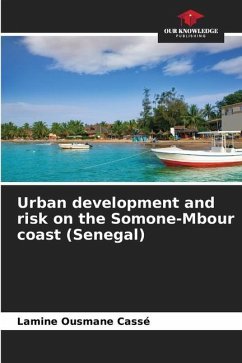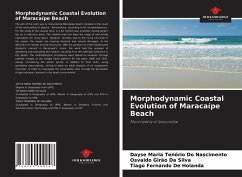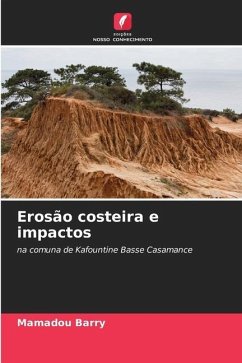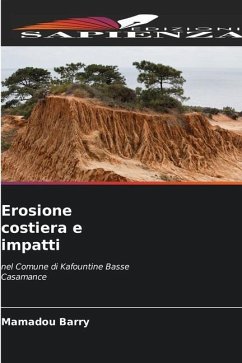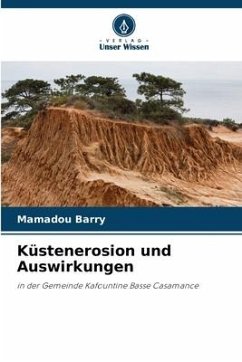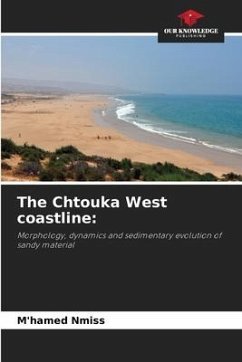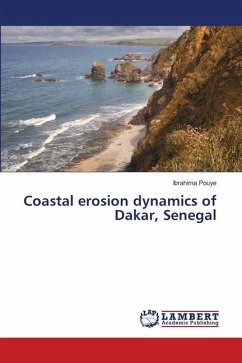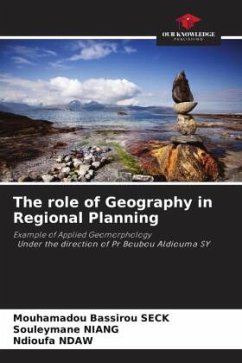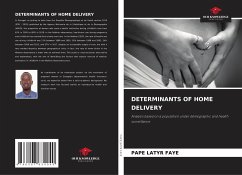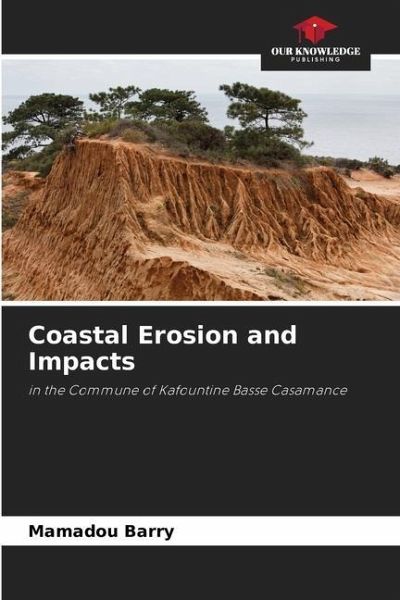
Coastal Erosion and Impacts
in the Commune of Kafountine Basse Casamance
Versandkostenfrei!
Versandfertig in 6-10 Tagen
41,99 €
inkl. MwSt.

PAYBACK Punkte
21 °P sammeln!
The coastal zone of the Commune of Kafountine is at risk of marine erosion as a result of climate change combined with anthropogenic pressure. The aim of this study is to analyze coastal erosion and its impacts. The methodology is based on a diachronic analysis of coastline evolution using a series of four Landsat satellite images (1979, 1986, 2000 and 2015) and field data. Between 1979 and 1986, the results showed a general trend towards progradation. On the other hand, during the periods 1986-2000 and 2000-2015, the coastline showed contrasting trends, marked by retreating and advancing phas...
The coastal zone of the Commune of Kafountine is at risk of marine erosion as a result of climate change combined with anthropogenic pressure. The aim of this study is to analyze coastal erosion and its impacts. The methodology is based on a diachronic analysis of coastline evolution using a series of four Landsat satellite images (1979, 1986, 2000 and 2015) and field data. Between 1979 and 1986, the results showed a general trend towards progradation. On the other hand, during the periods 1986-2000 and 2000-2015, the coastline showed contrasting trends, marked by retreating and advancing phases. This dynamic is the result of coastal development and climate change. The resulting impacts are both environmental and socio-economic. This situation has prompted the population to undertake adaptation strategies based on mangrove reforestation and coastal dune fixation, with the support of state structures and NGOs, which are deemed insufficient in a context of permanent change. It is obvious to suggest a few recommendations with a view to sustainable management.





